Solar shines for irrigators lifting kilotonnes of farm water cost-free to high storage tanks
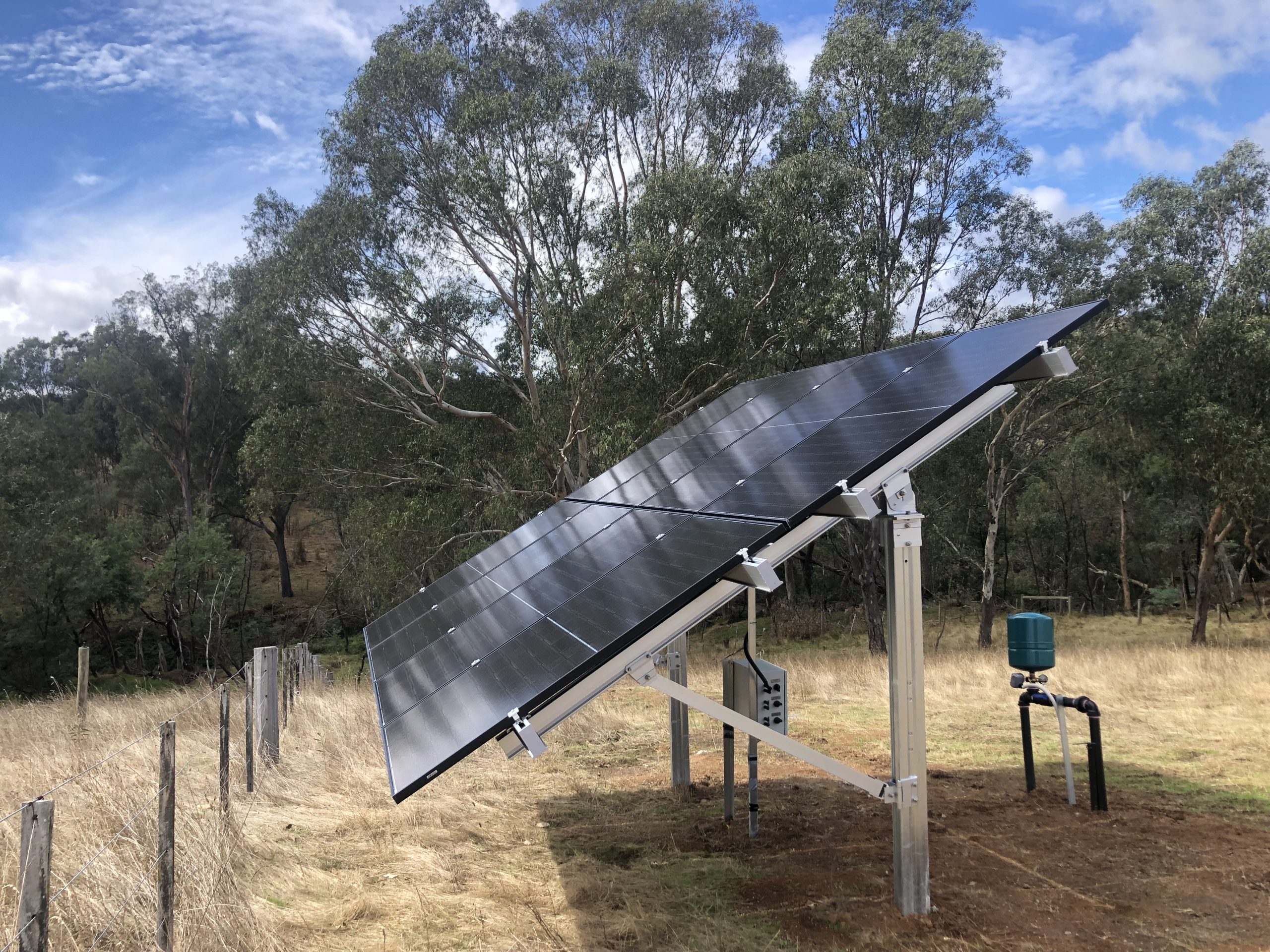

Moving water uphill has been a challenge since ancient times. The Egyptians and the Babylonians used Archimedes screws to irrigate fields near the Nile and to water the Hanging Gardens near the Euphrates, employing a large screw with a waterproof covering which was turned to lift the water to a higher level.
The Romans used siphons and bucket chains on vertical water wheels, where gravity feed was not available, while other civilisations used slave and animal power to raise the heavy liquid, at least until steam engines and electric power became available.
The common threat in all this ingenuity and effort was the value of irrigation, which can double and treble to value of outputs achieved in horticulture and agriculture, both cropping and pastoral feed. Irrigated agriculture represents 20 percent of the planet’s total cultivated land and contributes 40 percent of the total food produced globally, says the World Bank.
The price of achieving this wonderful boost in productivity – which is essential to Australia’s food production and exports, even when there is less water to go around – is the input of energy required to power today’s irrigation pumps. The most energy-efficient of these can include centrifugal, deep-well turbine, submersible, and propeller pumps, all of which are variations on the centrifugal theme.
Responding to climate change and the ongoing scarcity of water for all users to share, major progress has been made in pump design, says irrigation specialist Peter Kidgell of the national Water Dynamics organisation.
Remotely controlled feeds pumps from the SQFlex range( left) eliminate the need for multiple trips to start and stop the old diesel system. Previously the property owner was using an engine drive pump manually every second day taking about 2-3 hours each time. The system is now completely automatic, freeing the owner up to attend to other tasks as the solar (right), feeds the retention tank.feed
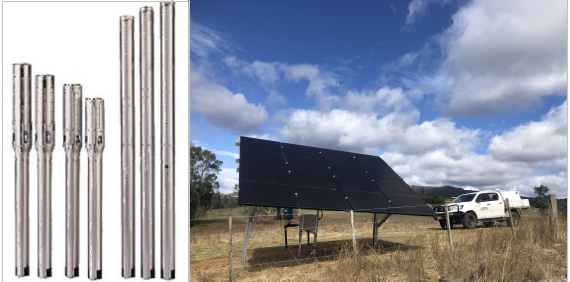
“Irrigators have also become very clever about getting more growth out of less water, in this, the driest inhabited continent on earth, by using radio control and automated precise applications of water, for example. Now they can apply exact amounts of water at the precise time particular crops need it. The water is applied directly where and when it is needed, rather than evaporating or being applied when it is less effective for growth and crop quality,” says Peter Kidgell, who is based at Water Dynamic’s Yarrawonga branch, on the south bank of the Murray River in Victoria, in the heart of one of Australia’s most prolific irrigation districts.
Using solar to pump water uphill
It is in such prime irrigation districts that many advances are being made that can be applied throughout Australia. One such was a recent project in which Water Dynamics installed a complete system using solar power to pump water from alongside the King River to fill twin 50,000 litre tanks located on a high point on an equestrian stud.
This system – featuring Grundfos solar-powered SQFlex submersible pump technology – pushes water 70m up a hillside to a retention tank which then gravity feeds water to all the property’s stock troughs. The automated radio-controlled system maintains the storage tanks at a high water level so the reserves are immediately available to replenish the troughs a piping network installed to direct gravity water feeds downhill as required to achieve optimum results in different areas of the farm.
“Solar power pumps the water uphill from the river – using no fossil fuel, with no fuel cost, and with no pollution – while it is doing its job as directed remotely by integrated automated radio control technology,” says Peter Kidgell.
“Instead of the farmer having to walk down to an old diesel pump and turn it on every time they need to pump, then come back later to turn it off, taking several hours each time, the new system is started and stopped remotely after telling the owner what is needed and when. Over a year, this means thousands of tonnes of water are pumped cost-free and pollution-free while the farmer saves scores of laborious trips down to the manual pump and back, freeing up time to do other more productive jobs. In practice, it is working beautifully,” says Peter.
The new system replacing the previous manually operated diesel-powered pumping uses an automated solar installation and complementary poly 400m piping system engineered and installed by Water Dynamics. The complete system includes:
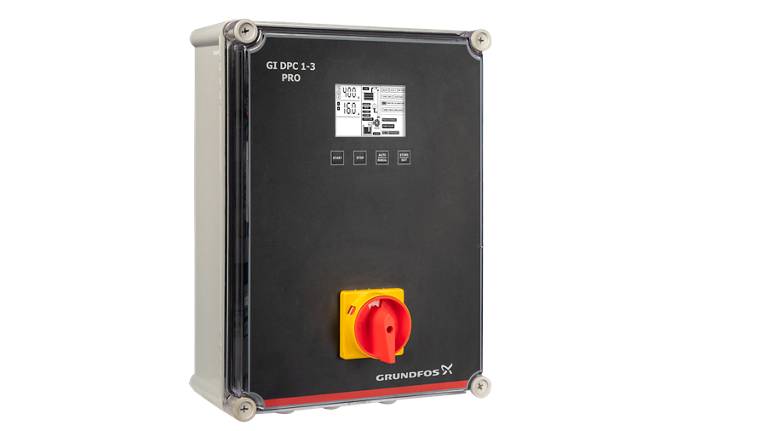
- A pontoon-mounted Grundfos solar-powered SQFlex 7-55 submersible centrifugal pump set to replace the fossil fuel system. The SQFlex system is engineered to provide a reliable water supply system based on renewable energy sources, such as solar and wind. The system has a wide voltage range, built-in maximum power point tracking (MPPT) as well as dry-running, voltage and overload protection. The technology has a built-in inverter and can run on DC and AC power sources, enhancing its applicability to varied installations.
- A Grundfos Titan SQFL plug and play controller (pictured) of a type suitable for irrigation, water utilities, and applications where reliable and precisely controlled water supply is important.
- Over/ under voltage, phase loss protection.
- Sensor-less dry run protection.
- One touch push button configuration.
- LCD display with pump and system status.
- Suitable for different applications (selectable using DIP switches).
- Motor stalled protection.
- Memory function when power off and during power recovery.
- A complete 400m piping network, constructed for automated control, operating over rise and fall levels of between 70-100m. The system providing uphill flow rates of up to of 38 kilolitres on an average day and peak flows up to 49 kilolitres a day.
Saving time and reducing fossil fuels
“The improvements offered by the automated solar system are radically better, in that they cut out fossil fuel costs, pollution, and the extensive time needed to operate the old diesel system,” says Peter Kidgell.
“Previously every time the operator wanted to top up the tanks, they had to go down and manually start it up, fill up the tanks, and repeat the process every time they shut the system down. All the time it was operating, it was consuming an expensive resource and contributing pollution leading to climate change.
“Now, control is just a matter of using the automated controller to ensure the pumps are operating exactly as and when they are needed, using free energy, requiring minimal maintenance, and contributing to the long-term viability of not only this farm, but of others like it.
“Solar is the energy of the future here in Australia, where there are over 3.69 million PV installations with a combined capacity of over 34.2 gigawatts. Not only are these installations already proving their capacity to cut power bills for homes and industry, but the benefits are clearly applicable to irrigators, farmers and landholders wanting immediate ROI and clear productivity gains.”
Contact Water Dynamics today (https://waterdynamics.com.au/about/contact-us/) to discuss your non-urban water metering requirements and how our products and services can assist you in optimising your water management system for a sustainable future.
Water Dynamics
P +61 3 5743 8900
E [email protected]
Latest Projects
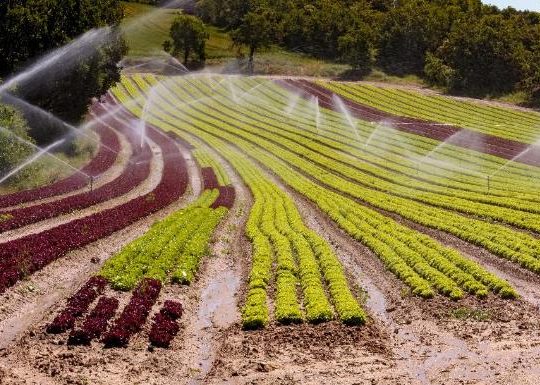
Early adopter of citrus growing automation achieves cost-efficiency, connectivity, and conservation in the one package
An Australian citrus grower at the forefront of automation efficiencies sweeping through the industry is increasing production quality and output…
Read More...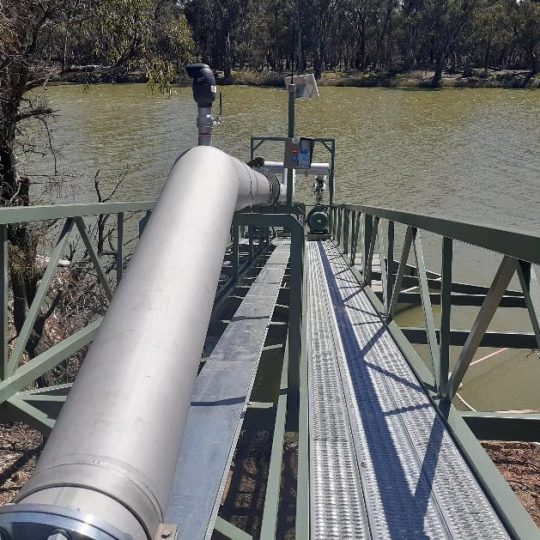
Premium table grape producer Palm Vineyards equips itself for a sustainable future with 3-into-1 irrigation upgrade
An international exporter of Australian table grapes noted for the quality of its fruit and sustainability of its horticultural practices,…
Read More...